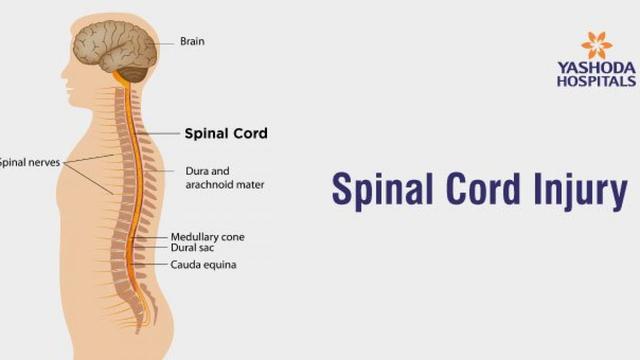Basic Information
cause
exon CAG copy number abnormalities induced by polyglutamine generated by amplification.
clinical manifestations
1. Early

walking gait disturbance, limb shaking. Action slow response and poor accuracy.
2. Mid
when speaking to pronounce ambiguous, can not control the tone. Eyeball rotation is not smooth, easy to produce image "overlap." Muscle uncomfortable feeling worse, I can not write. Sometimes feel difficulty swallowing, choking when eating easy.
3. Late
speak very clear, not even language. Limb weakness, can not stand, have to rely on a wheelchair. Comprehension gradually declined, and finally lose consciousness, lethargy.
Check
1. Clinical examination cranial nerve system.
2. Magnetic resonance imaging (MRI).
3. Genetic testing.
diagnostic
based on the clinical examination of the patient's brain system program to determine whether there is pathological cerebellum and spinal cord disorders, then he will be questioned family history (including deceased relatives) by magnetic resonance (MRI) and genetic testing to determine whether the patient is suffering from spinocerebellar ataxia.
treatment
This disease is a degenerative disease, at present no drug can cure, focusing on rehabilitation therapy, the patient's self-care ability to maintain the highest possible. Stem cell therapy can also. After treatment patients can resume activities of daily living, mobility, language skills, writing ability. Levodopa relieves symptoms of Parkinson's and rigidity, reduce spasm chloroaniline acid, amantadine improve ataxia.
outcome
Although there is no drug to treat this disease, but if they can pay attention to the maintenance of the body, diet, living, regular exercise, with the rehabilitation needs of spinocerebellar ataxia training, constant practice will help slow the rate of disease progression.
